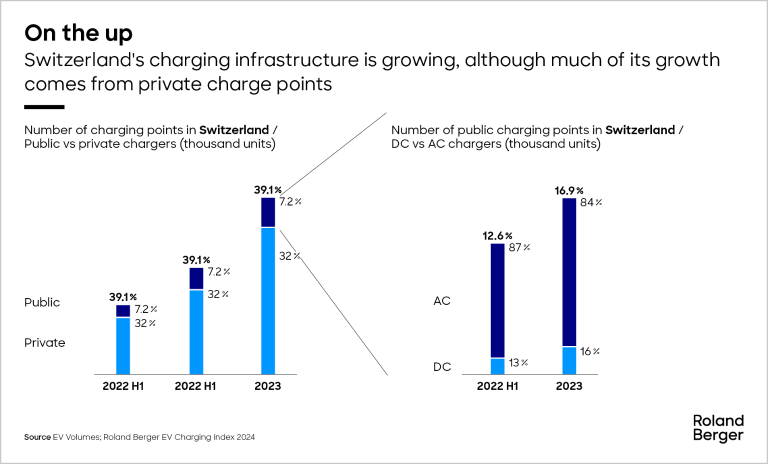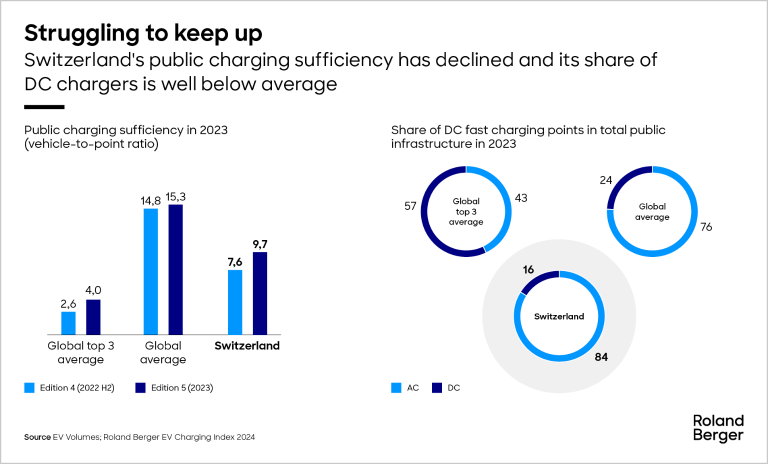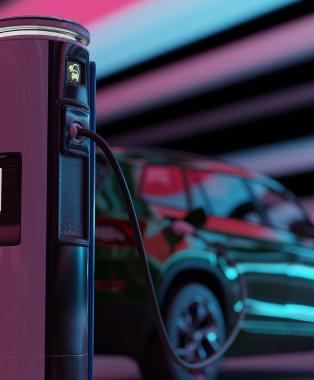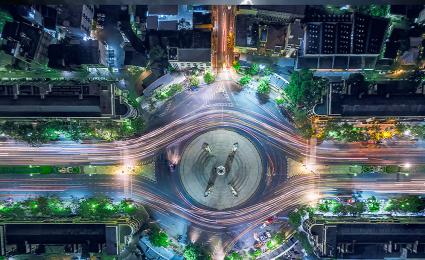The electric vehicle and EV charging market enjoyed a surge in late 2022 despite continued high energy prices.


EV Charging Index: Expert insight from Switzerland
By Sven Siepen
EV sales are strong, but Switzerland must address its fast-charging infrastructure
Switzerland’s EV sales penetration rate is healthy, but growth is slowing. And while its public charging sufficiency is comfortably above average, the share of DC chargers in Switzerland is well below par.
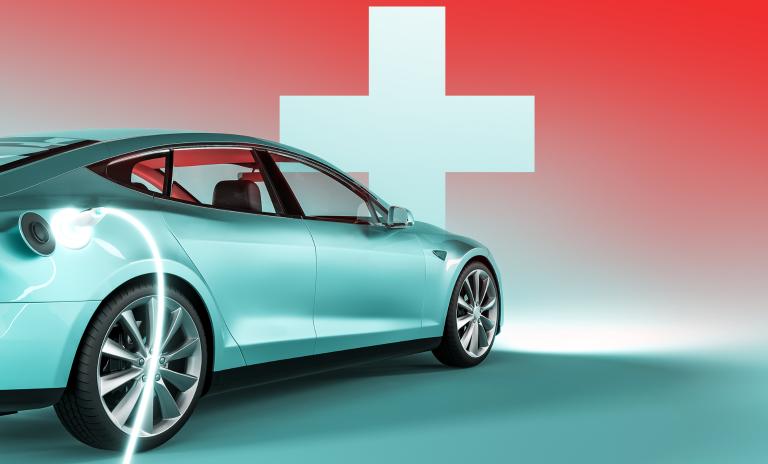
Growth in EV sales slowing down
EV sales are strong in Switzerland, but growth has slowed. The share of newly registered electric cars was 20.7% in 2023, which is three percentage points higher than in 2022. According to the government’s 2025 roadmap, this share should rise to 50% by 2025. As you might expect, wealthy areas boast a higher proportion of EVs: Zurich's 26% sales penetration rate, for instance, was the highest in the country.
Switzerland’s charging infrastructure paints a mixed picture. The ratio of fast chargers, in particular, needs to improve.
Public charging has room for improvement
Switzerland’s charging infrastructure paints a mixed picture. The total number of charge points rose by more than 50% between the end of 2022 and the end of 2023, although much of this growth came from private chargers. Despite this, a lack of national government funding is preventing growth in private charge points from reaching its full potential. So far, financial support has only come at a local level.
The overall vehicle-to-public-charge-point ratio in Switzerland declined from 7.6 to 9.7. This is still among the best in Europe and well inside the global average of 15.3, but some way behind the global top three average of 4.0. Central government funding would help matters here, too.
There is a distinct regional imbalance in charge point density, with numbers much higher in the east. The cantons of Graubünden (34 charging stations per 10,000 inhabitants), Uri, and Zug have the highest density, largely due to the number of tourists vacationing in the region or passing through on their way to Italy.
Switzerland’s fast-charging infrastructure has plenty of room for improvement. Currently, just 16% of public charge points are DC, comfortably below the global average of 37%.
Register now to to discover the latest insights, emerging trends and upcoming challenges in the EV and EV charging markets.


